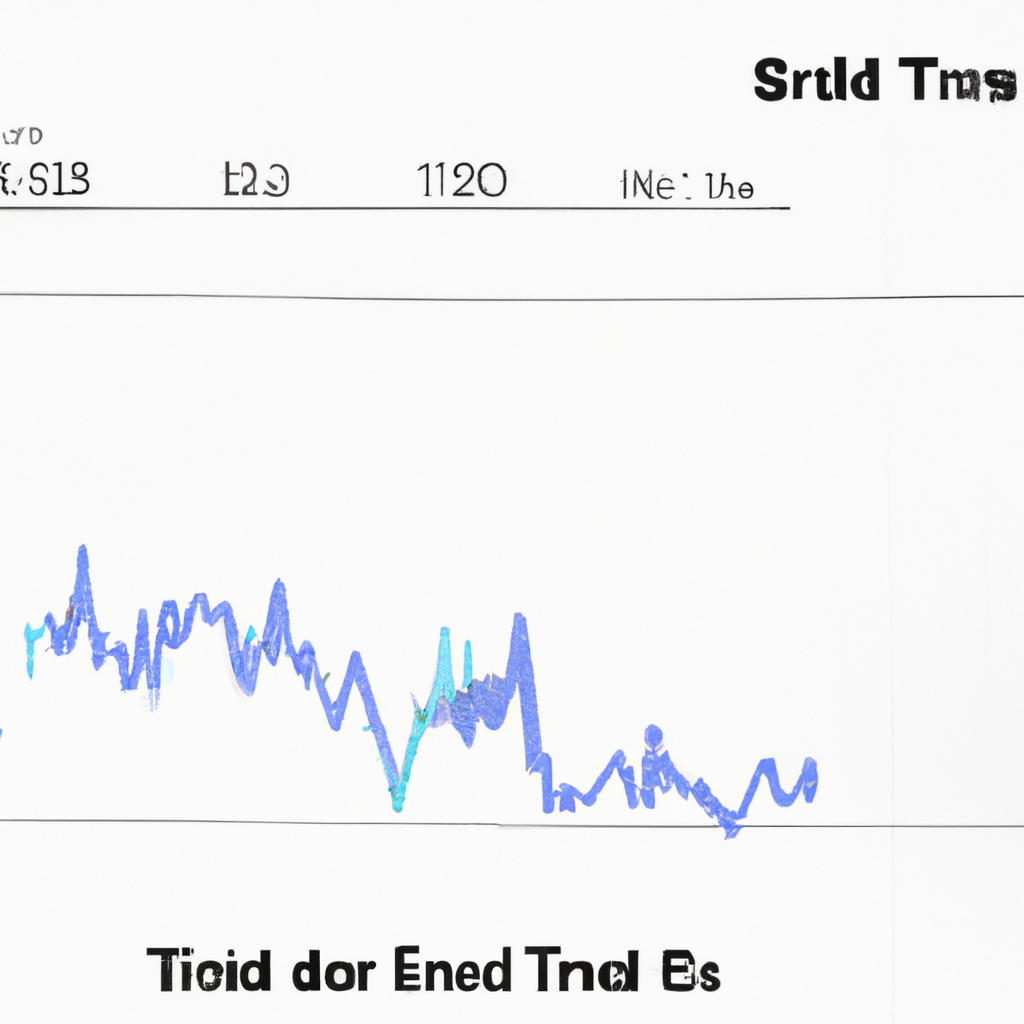Using MACD for Trade Signals
When it comes to technical analysis in the financial markets, traders often rely on various indicators to help them make informed trading decisions. One such indicator that has gained popularity among traders is the Moving Average Convergence Divergence (MACD). The MACD is a versatile tool that can provide valuable trade signals when used correctly. In this article, we will explore how to effectively use MACD for trade signals.
Understanding MACD
The MACD is a trend-following momentum indicator that shows the relationship between two moving averages of an asset’s price. It consists of three main components:
- The MACD line: This is the difference between the 12-day exponential moving average (EMA) and the 26-day EMA.
- The signal line: This is a 9-day EMA of the MACD line.
- The MACD histogram: This represents the difference between the MACD line and the signal line.
Interpreting MACD Signals
MACD signals can be interpreted in several ways to identify potential trading opportunities:
- Crossovers: When the MACD line crosses above the signal line, it generates a bullish signal, indicating a potential buy opportunity. Conversely, when the MACD line crosses below the signal line, it generates a bearish signal, indicating a potential sell opportunity.
- Divergence: Divergence occurs when the price of an asset moves in the opposite direction of the MACD. Bullish divergence is observed when the price makes lower lows while the MACD makes higher lows. This suggests a potential reversal in the downtrend. On the other hand, bearish divergence occurs when the price makes higher highs while the MACD makes lower highs, indicating a potential reversal in the uptrend.
- Overbought/Oversold conditions: The MACD histogram can also be used to identify overbought or oversold conditions. When the histogram reaches extremely high levels, it suggests that the asset may be overbought and due for a pullback. Conversely, when the histogram reaches extremely low levels, it suggests that the asset may be oversold and due for a bounce.
Using MACD in Practice
Now that we understand how to interpret MACD signals, let’s discuss how to use it in practice:
- Identify the trend: Before using MACD, it is essential to identify the overall trend of the asset. MACD signals work best when aligned with the prevailing trend.
- Look for crossovers: Monitor the MACD line and the signal line for crossovers. When the MACD line crosses above the signal line, consider entering a long position. Conversely, when the MACD line crosses below the signal line, consider entering a short position.
- Confirm with other indicators: While MACD can provide reliable trade signals, it is always a good practice to confirm them with other indicators or technical analysis tools. This can help reduce false signals and increase the probability of successful trades.
- Manage risk: As with any trading strategy, risk management is crucial. Set appropriate stop-loss orders to protect against potential losses and consider trailing stops to lock in profits as the trade moves in your favor.
Conclusion
The MACD is a powerful indicator that can assist traders in identifying potential trade opportunities. By understanding how to interpret MACD signals and incorporating them into a comprehensive trading strategy, traders can increase their chances of success in the financial markets. However, it is important to remember that no indicator is foolproof, and proper risk management is essential when using MACD or any other technical analysis tool.
